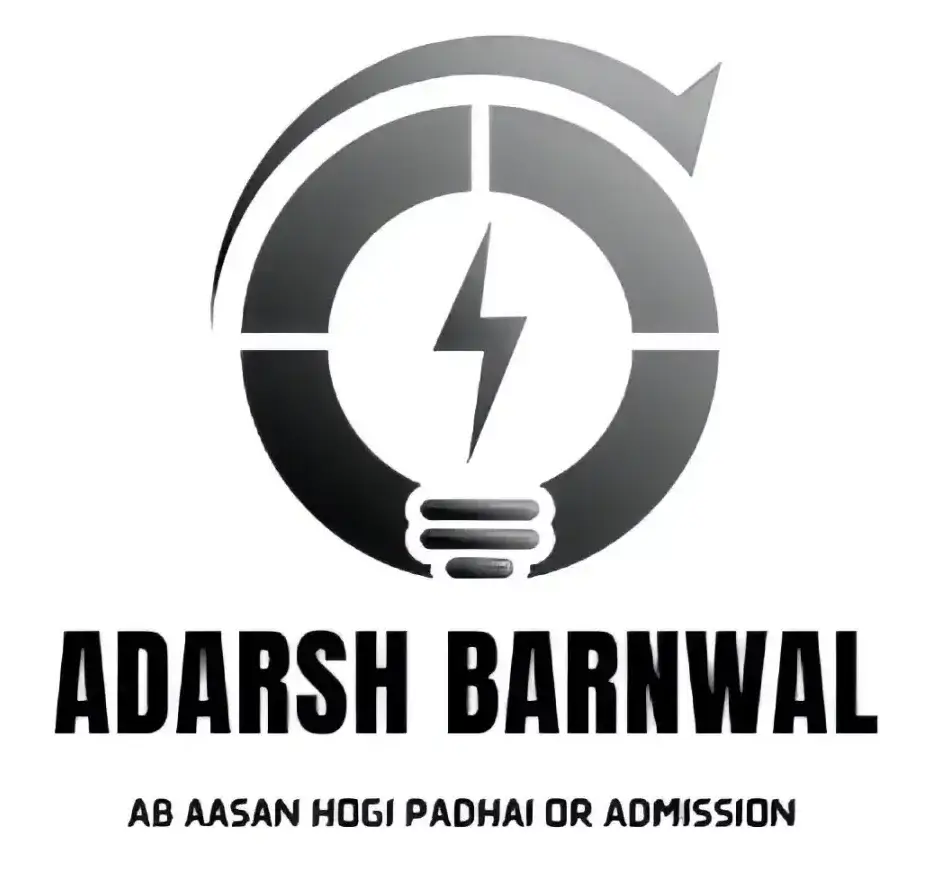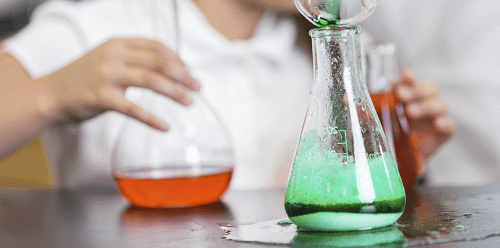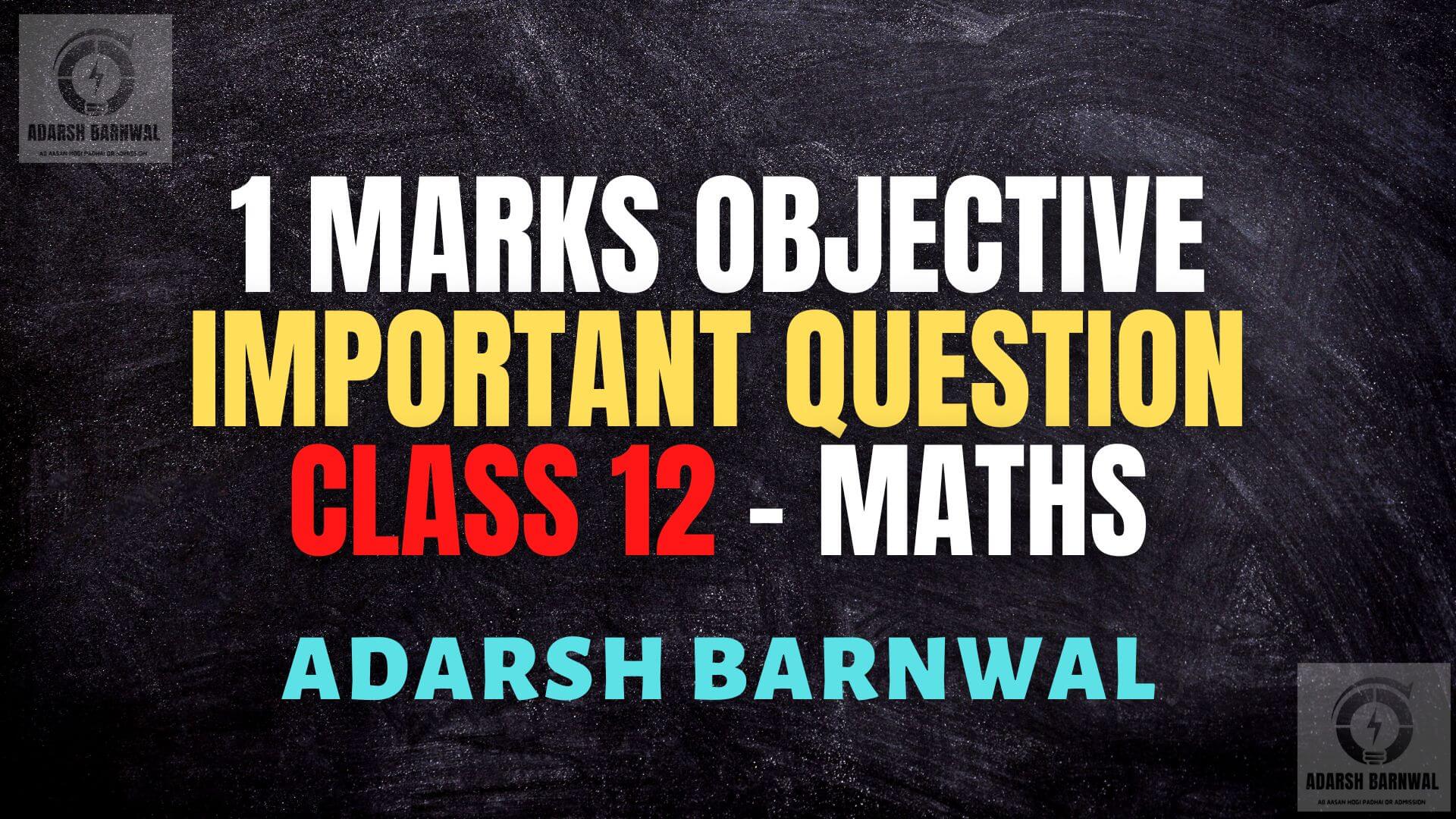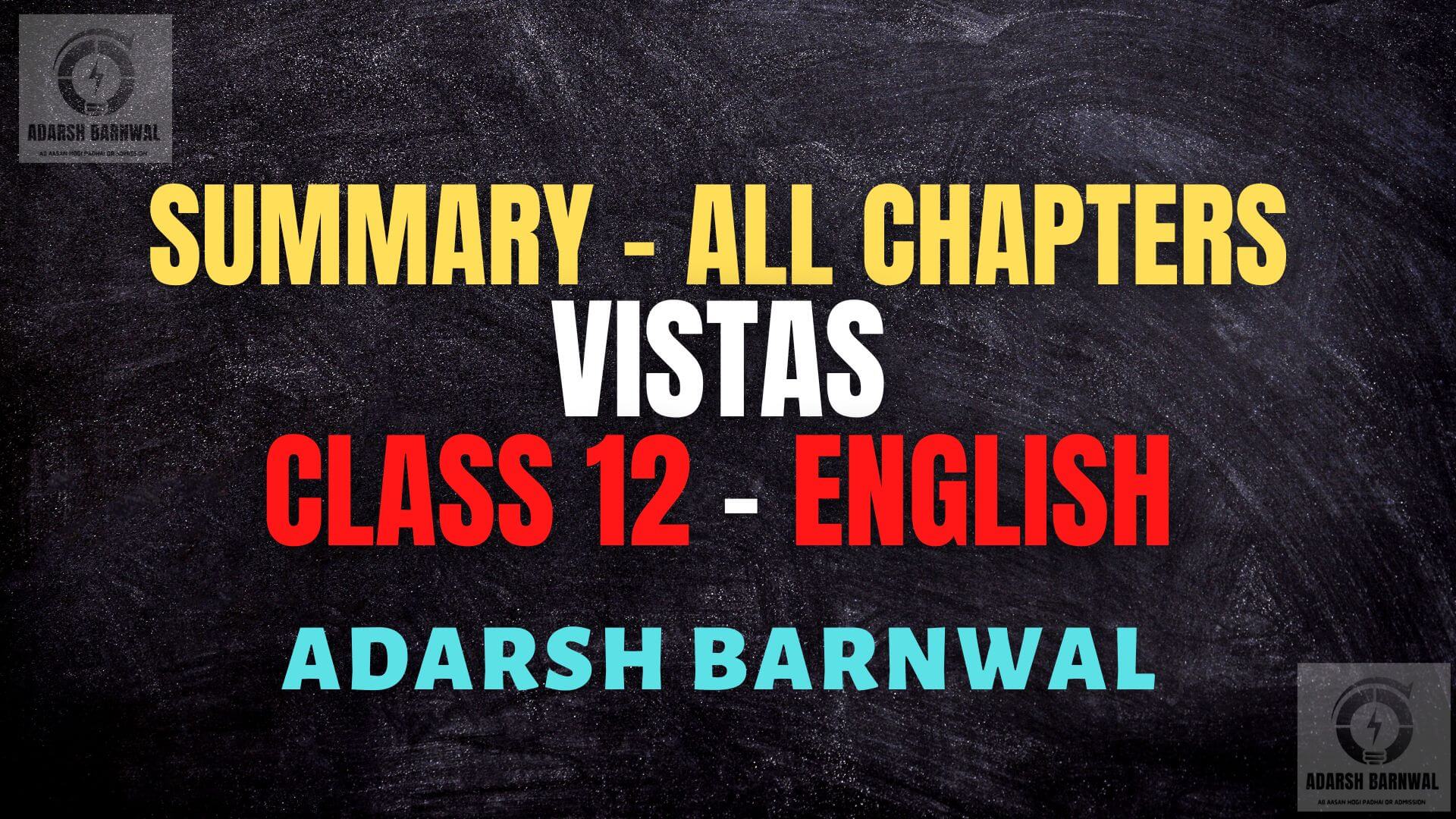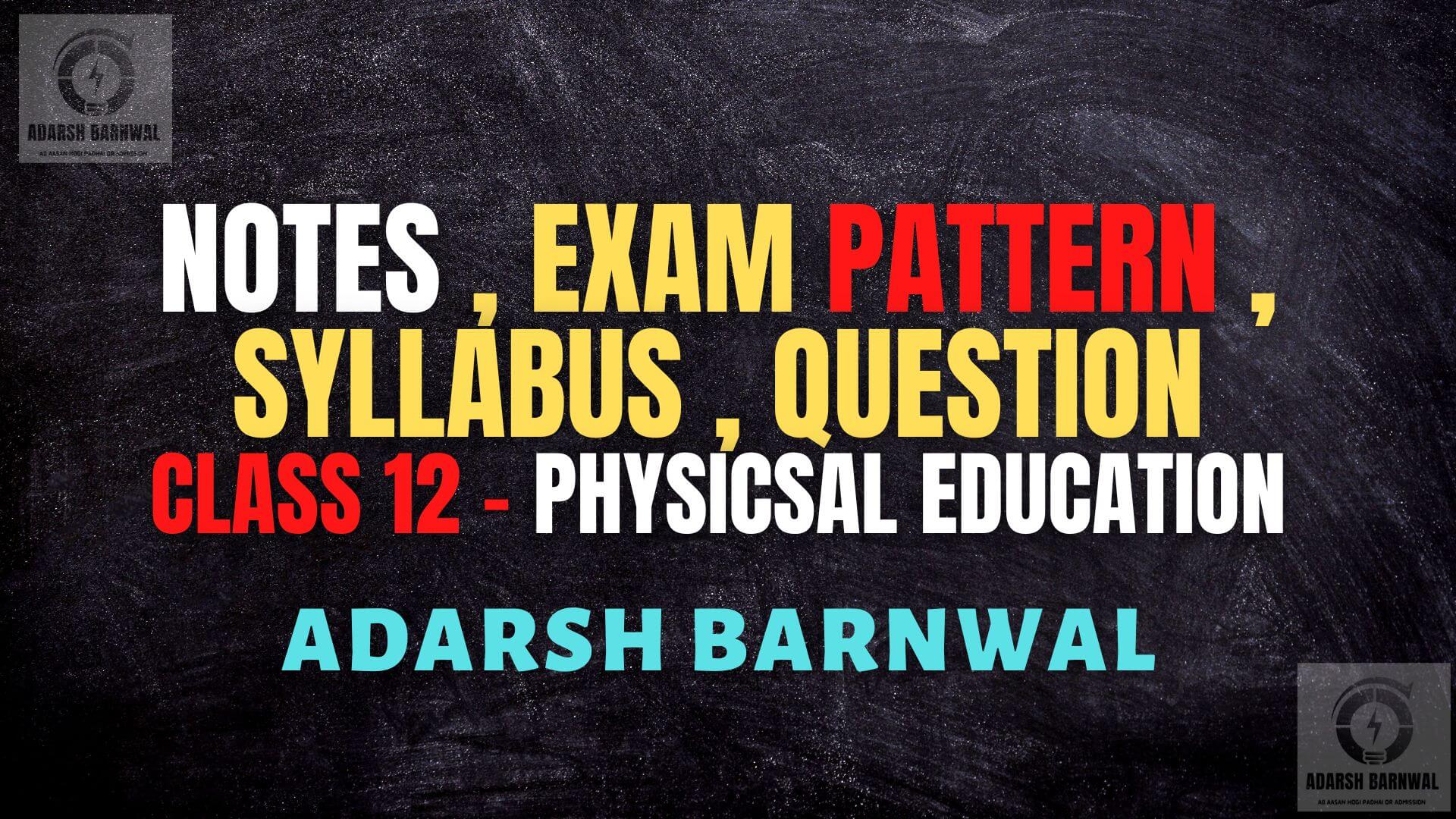PRACTICALS
| Evaluation Scheme for Examination | Marks |
| Volumetric Analysis | 08 |
| Salt Analysis | 08 |
| Content Based Experiment | 06 |
| Project Work | 04 |
| Class record and viva | 04 |
| Total | 30 |
Micro-chemical methods are available for several of the practical experiments. Wherever possible, such techniques should be used.
- Surface Chemistry
- Preparation of one lyophilic and one lyophobic sol Lyophilic sol – starch, egg albumin and gum
Lyophobic sol – aluminium hydroxide, ferric hydroxide, arsenous sulphide.
- Dialysis of sol-prepared in (a) above.
- Study of the role of emulsifying agents in stabilizing the emulsion of different oils.
- Chemical Kinetics
- Effect of concentration and temperature on the rate of reaction
between Sodium Thiosulphate
and Hydrochloric acid.
- Study of reaction rates of any one of the following:
- Reaction of Iodide ion with Hydrogen Peroxide at room temperature using different concentration of Iodide ions.
- Reaction between Potassium Iodate, (KIO3) and Sodium Sulphite: (Na2SO3) using starch solution as indicator (clock reaction).
- Thermochemistry
Any one of the following experiments
- Enthalpy of dissolution of Copper Sulphate or Potassium Nitrate.
- Enthalpy of neutralization of strong acid (HCI) and strong base (NaOH).
- Determination of enthaply change during interaction (Hydrogen bond formation) between Acetone and Chloroform.
- Electrochemistry
Variation of cell potential in Zn/Zn2+|| Cu2+/Cu with change in concentration of electrolytes (CuSO4or ZnSO4) at room temperature.
- Chromatography
- Separation of pigments from extracts of leaves and flowers by paper chromatography and determination of Rfvalues.
- Separation of constituents present in an inorganic mixture containing two cations only (constituents having large difference in Rf values to be provided).
- Preparation of Inorganic Compounds
- Preparation of double salt of Ferrous Ammonium Sulphate or Potash Alum.
- Preparation of Potassium Ferric Oxalate.
- Preparation of Organic Compounds
Preparation of any one of the following compounds
- Acetanilide
- Di -benzal Acetone
- p-Nitroacetanilide
- Aniline yellow or 2 – Naphthol Aniline dye.
- Tests for the functional groups present in organic compounds:
Unsaturation, alcoholic, phenolic, aldehydic, ketonic, carboxylic and amino (Primary) groups.
- Characteristic tests of carbohydrates, fats and proteins in pure samples and their detection in given food stuffs.
- Determination of concentration/ molarity of KMnO4 solution by titrating it against a standard solution of:
- Oxalic acid,
- Ferrous Ammonium Sulphate
(Students will be required to prepare standard solutions by weighing themselves).
- Qualitative analysis
Determination of one cation and one anion in a given salt.
Cation – Pb2+, Cu2+, Al3+, Fe3+, Mn2+, Zn2+, Cu2+, Co2+, Ni2+, Ca2+, Sr2+, Ba2+, Mg2+,[NH4]+
Anions – [CO3]2-, S2-, [SO3]2-, [SO4]2-, [NO2]–, Cl–,Br–, I–, [PO4]3-, [C2O4]2-, CH3COO–
(Note: Insoluble salts excluded)
General Guidelines
- The practical examination will be of two hour duration.
- A separate list of ten experiments is included here.
- The written examination in practicals for these students will be conducted at the time of practical examination of all other students.
- The written test will be of 30 minutes duration.
- The question paper given to the students should be legibly typed. It should contain a total of 15practical skill based very short answer type questions. A student would be required to answer any 10 questions.
- A writer may be allowed to such students as per CBSE examination rules.
- All questions included in the question papers should be related to the listed practicals. Every question should require about two minutes to be answered.
- These students are also required to maintain a practical file. A student is expected to record at least five of the listed experiments as per the specific instructions for each subject. These practicals should be duly checked and signed by the internal examiner.
- The format of writing any experiment in the practical file should include aim, apparatus required, simple theory, procedure, related practical skills, precautions etc.
- Questions may be generated jointly by the external/internal examiners and used for
assessment.
- The viva questions may include questions based on basic theory/principle/concept, apparatus/materials/ chemicals required, procedure, precautions, sources of error etc.
- Items for Identification/Familiarity of the apparatus for assessment in practicals (All experiments)
Beaker, glass rod, tripod stand, wire gauze, Bunsen burner, Whatman filter paper, gas jar, capillary tube, Pestle and mortar, Test tubes, tongs, test tube holder, test tube stand, burette, Pipette, conical flask, standard flask, clamp stand, Tripod stand, burner, wire gauze, funnel, filter paper
CHEMISTRY CLASS 12 PRACTICAL PDF –https://drive.google.com/open?id=10m_AgRk6oAHU9ucMG_W6ElcUac5ianJ9
